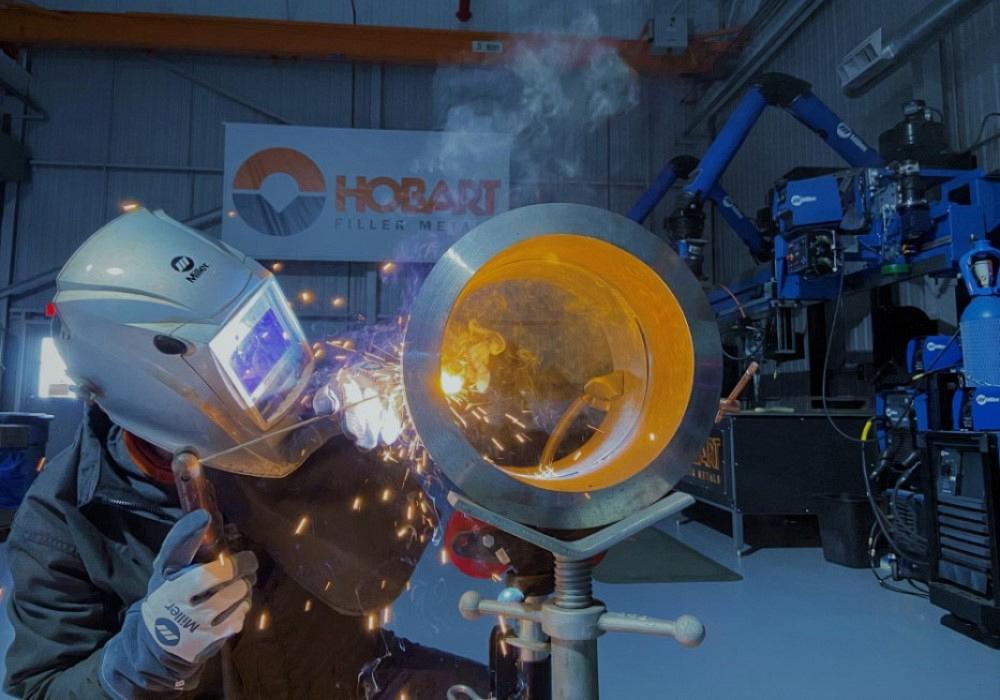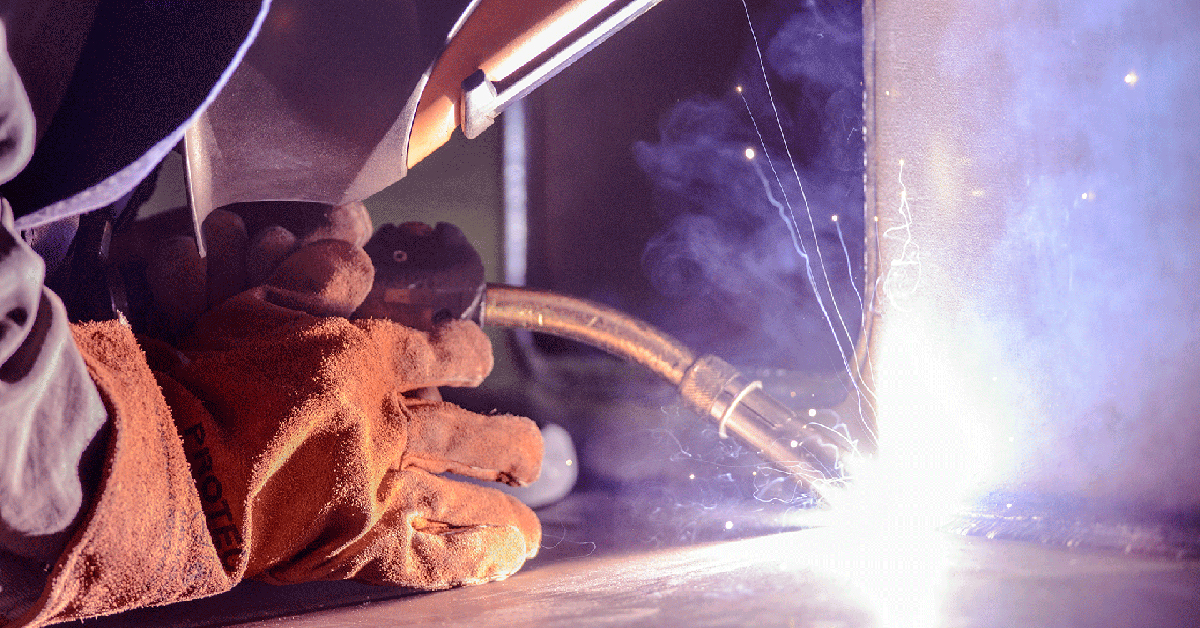Professional Techniques for Preventing Weld Undercut Properly
Professional Techniques for Preventing Weld Undercut Properly
Blog Article
A Comprehensive Overview to Identifying, Preventing, and Repairing Undercut Welding Issues in Your Welding Jobs
In the world of welding, experiencing undercut concerns is a typical challenge that can endanger the structural honesty and general high quality of your welding projects. Keep tuned as we discover the crucial elements of identifying, protecting against, and taking care of undercut welding problems, providing you with beneficial insights and methods to raise your welding skills to the following degree.
Common Reasons of Undercut Welding
Undercut welding, a typical issue in welding processes, can be created by numerous elements that need to be thoroughly determined and addressed to make certain the stability of the weld joint. Among the main reasons of undercut welding is too much warm input. When the welding specifications, such as voltage, existing, or travel rate, are not appropriately established, an excessive amount of heat can be produced. This excess warmth leads to the melting and subsequent removal of the base product along the sides of the weld joint, developing a groove referred to as undercut.
One more typical source of undercut welding is incorrect welding method. Insufficient control of the soldering iron or gun, inaccurate angle or distance between the torch and the work surface, or inconsistent traveling speed can all add to the formation of undercut. In addition, using the wrong welding consumables or electrode size for a particular joint configuration can lead to undercut concerns. Recognizing these origin creates and implementing corrective actions is essential in avoiding and rectifying undercut welding troubles in welding tasks.
Identifying Undercut in Welds

To determine undercut precisely, appropriate illumination and zoom devices are necessary to examine the weld joint completely. Utilizing tools such as a welding gauge or a magnifying glass can help in discovering even the smallest undercut blemishes. Additionally, running a finger or a fingernail along the weld joint can in some cases expose undercut, as the surface may really feel irregular or have a dip where the undercut exists.
Preventative Actions for Undercut
Having a deep understanding of the reasons for undercut in welds enables the implementation of effective safety nets to keep weld high quality and stability. One important safety net appertains weld joint prep work. Making certain that the sides are clean, without impurities, and appropriately beveled can substantially decrease the likelihood of undercut (Preventing weld undercut). In addition, choosing the suitable welding criteria, such as voltage, present, and travel rate, is necessary. These settings should be maximized to stop excessive additional reading warm input, which can result in damage development.

Strategies for Dealing With Undercut

Enhancing the welding existing or decreasing the traveling speed can aid fill up in the undercut. In addition, altering the welding strategy from a push to a drag or vice versa can likewise aid reduce undercut.
An additional method is to make use of a weaving motion while welding to make certain proper sidewall blend and fill in the undercut. By oscillating the welding arc click here for more info from side to side within the weld joint, the welder can transfer more filler material right into the undercut locations, successfully removing the problem.
In addition, grinding out the undercut and rewelding the joint can be a feasible remedy for much more extreme undercut issues - Preventing weld undercut. This process includes removing the undercut section, preparing the base metal, and afterwards rewelding the joint with proper welding specifications and strategies to prevent undercut from repeating

Expert Tips for Avoiding Undercut
Using appropriate welding methods and preserving control over crucial welding specifications are critical approaches for welders intending to avoid undercut in their weld joints. One professional suggestion for avoiding undercut is to ensure correct joint prep work. This includes cleaning the base steel extensively to eliminate any contaminants that can cause undercut development. Furthermore, selecting the ideal welding procedure and filler metal for the specific application can aid protect against undercut. Welders ought to also pay very close attention to the welding present and voltage settings, guaranteeing they are within the recommended array to prevent overheating and possible undercut. Preserving a regular travel rate throughout the welding process is one more vital tip to stop undercut. By moving at a constant speed, welders can ensure appropriate fusion and lower the possibility of undercut development. Lastly, evaluating the weld bead after conclusion can help recognize any indicators of undercut at an early stage, enabling for immediate restorative activity to be taken.
Verdict
To conclude, identifying, view it now stopping, and dealing with undercut welding troubles in your welding tasks is crucial for guaranteeing strong and long lasting welds. Preventing weld undercut. By recognizing the usual reasons of undercut, having the ability to identify it in welds, implementing safety nets, and utilizing proper techniques for fixing undercut, you can avoid potential concerns and develop high-quality welds. Adhering to specialist pointers for staying clear of undercut can aid you boost your welding abilities and create much better lead to your jobs
Undercut welding, a typical problem in welding processes, can be triggered by different variables that require to be carefully identified and addressed to guarantee the integrity of the weld joint. Furthermore, running a finger or a fingernail along the weld joint can in some cases expose undercut, as the surface may feel irregular or have a dip where the undercut exists.
Utilizing proper welding methods and keeping control over key welding criteria are important approaches for welders aiming to avoid undercut in their weld joints.In final thought, determining, avoiding, and dealing with undercut welding troubles in your welding projects is critical for making certain strong and resilient welds. By comprehending the common causes of undercut, being able to recognize it in welds, applying preventative measures, and utilizing appropriate techniques for fixing undercut, you can avoid potential concerns and produce top quality welds.
Report this page